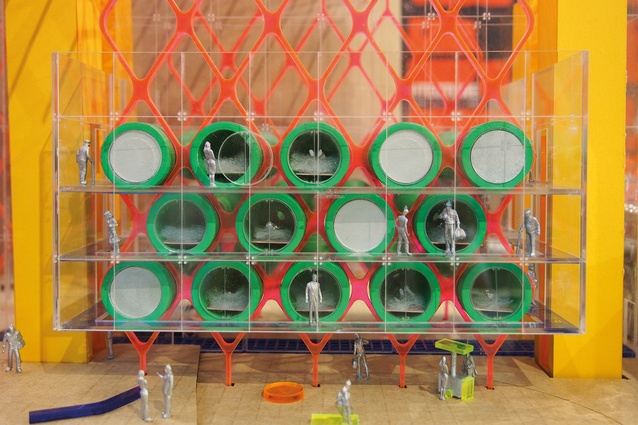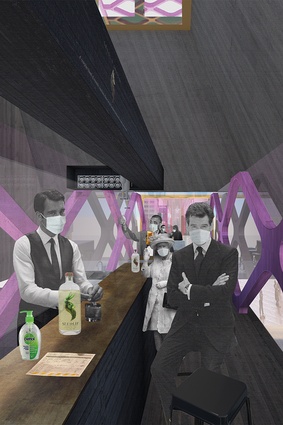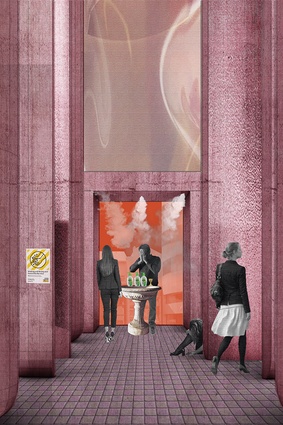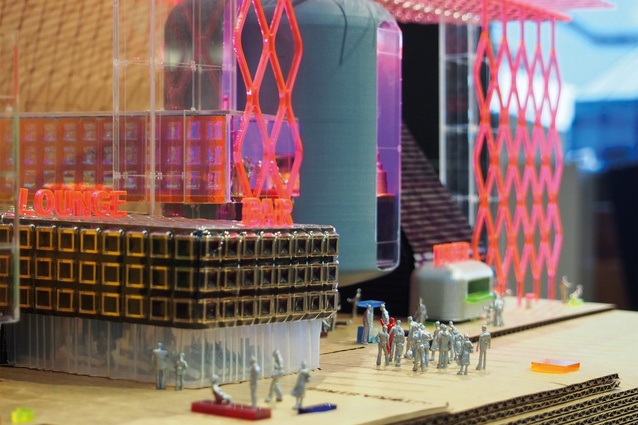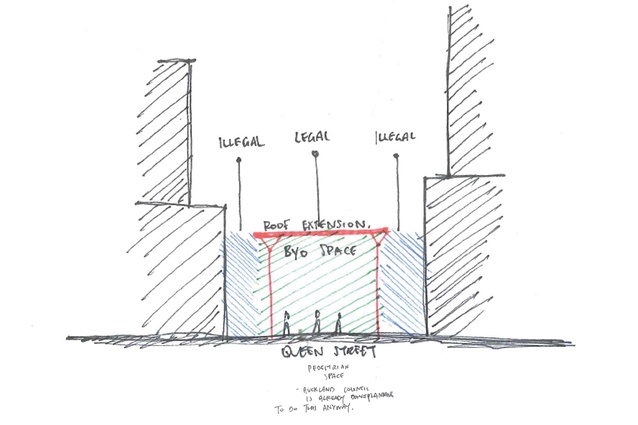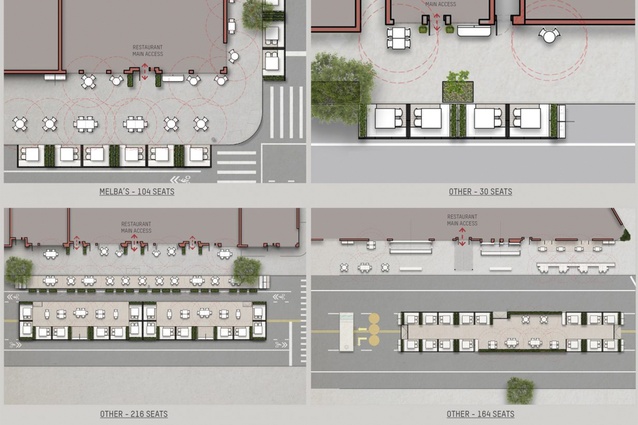COVID consciousness: Anti-social social space
Maito Akiyama explores the ‘new normal’ – how COVID-19 has disrupted daily rituals and activities, vastly changing spatial experience.
[Editor’s note: This article was first published in the Architecture NZ July/August 2020 issue, before New Zealand moved from Level 1 to Level 2 and 3 restrictions on 12 August 2020. As such, some information may not be the most up to date.]
The fallout from the global pandemic has highlighted the fragility of the hospitality industry, public spaces, public infrastructure and other critical environments facilitating social interaction. As policymakers scramble to catch up with the spread of the pandemic, architects and designers are placed in a unique position to re-shape our public spaces and hospitality industries by analysing spatial opportunities and identifying flaws within the current regulatory framework.
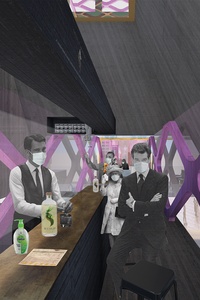
To date, there are no formal design guidelines or building codes that specifically respond to COVID-19 or other pandemics. But, the pandemic has exemplified the inextricable link between architecture and regulation. In Aotearoa, the immediate impact of government restrictions enforced on existing spaces was highlighted in the chaotic transition between Level 2, Level 3 and Level 4 lockdowns.
Current precautions taken to protect people from the virus could be considered as hostile and sterile, which may instil further fear and isolation. Perspex sheets, barriers, hazard posters and warning tape were haphazardly cobbled together in buildings across the country. The fundamental flaw is that actions such as hand sanitisers strapped to walls and 2-metre social distancing requirements aren’t sustainable, long-term solutions for infectious diseases, particularly within the public domain. What is needed are innovative design ideas to mitigate pandemic outbreaks built into the fundamental framework of architecture.
Government guidelines on the significant health risks associated with unnecessary encounters with strangers have changed the way we interact in public. These measures have created ‘anti-social’ enclaves within social spaces, even after lockdowns are eased and the country is free to gather in the public domain. Maintaining required social distance is difficult to enforce within our current spatial configurations and presents one of the biggest problems for post-COVID
social spaces.

To comply with social distancing requirements, American designer David Rockwell presents a potential design opportunity for post-COVID restaurants as he imagines a reinvigorated New York City, where restaurants and bars extend onto the street, taking back spaces dominated by vehicles and creating pedestrian-focused environments.
The ‘new normal’ could then see an increase in pedestrian-friendly city centres, with bars and restaurants playing a vital role in the revitalisation of streetscapes. A 2019 proposal, prior to the outbreak of COVID-19, envisioned a solution to Aotearoa’s prevalent binge-drinking culture, by shifting alcohol consumption away from the domestic/private realm and into the public domain, to encourage passive surveillance and increase positive social activity within public spaces.
The proposal imagined a roof megastructure, stretching the entire length of Queen Street within the Auckland CBD, that is granted an outdoor dining license and BYO liquor on-license. This meant that the license applies to all sections of the street that are covered by the roof structure. By utilising the existing rules of the Sale and Supply of Alcohol Act 2012 to bypass the liquor ban within the Auckland CBD, the project aimed to transform Queen Street into a vibrant, pedestrianised BYO-alcohol space, where passive surveillance helps to regulate human behaviour.
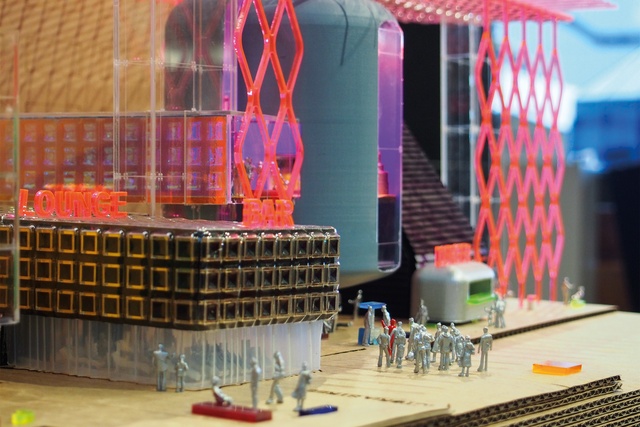
The pandemic, in many ways, has uncovered a newfound relevance to this project. The very same roof structure could provide a legitimate extension to existing bars and restaurants, not just on Queen Street but other areas such as Ponsonby Road or Wellington’s Cuba Street. An increase in space means an increase in capacity, and clients (restaurant and bar owners) are more likely to meet demand. Approaches such as this, although speculative in nature, would allow designers to implement distancing behaviour naturally and seamlessly, whilst revitalising urban centres and providing an opportunity for clients to sustain their businesses.
The COVID-19 pandemic has given us the chance to re-analyse current spatial conditions and identify areas of discontent within the regulations that dictate social public-space infrastructure. Design interventions and modifications are needed more than ever for a re-interpretation of health and safety standards. The opportunity to present curated design responses to current and future regulations brought on by the impacts of Covid-19 provides an optimistic future outlook for the architecture industry.

